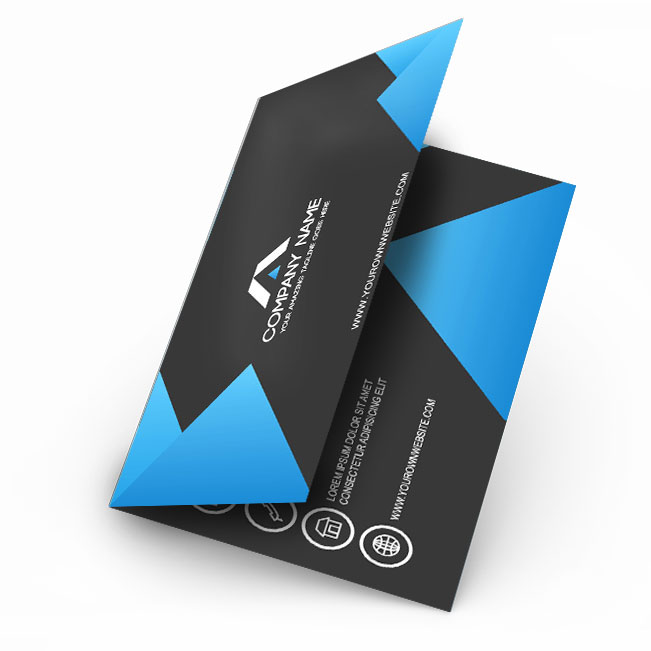Printing News
What make a good business card design?
-
Simple and clear: A business card design should be simple and clear, with all important information clearly visible and easy to read. Avoid cluttering the card with too many design elements or information.
-
Branding and logo: Your business card should reflect your brand identity, including your logo and branding colors. Make sure the logo is prominently displayed and easy to recognize.
-
Quality paper stock: The quality of paper stock used for your business card can make a big difference in the overall impression it creates. Choose a thicker, high-quality stock that feels substantial and professional.
-
Relevant information: Only include relevant information on your business card, such as your name, title, phone number, email address, and website. Including too much information can make the card appear cluttered and difficult to read.
-
Eye-catching design: While simplicity is important, an eye-catching design can help your business card stand out and leave a lasting impression. Consider using bold colors or unique design elements to make your card memorable.
-
Consistency: Make sure your business card design is consistent with your other marketing materials, such as your website or brochure. Consistency in branding can help create a professional and cohesive image.
-
White space: Don’t be afraid to leave white space on your business card. This can help make important information stand out and give the design a clean and modern look.
-
Easy to reproduce: Consider the printing process when designing your business card. Avoid designs that are difficult to reproduce or require a lot of time-consuming setup. Simple designs are often the easiest to print and reproduce.
Overall, a good business card design should be simple, clear, and consistent with your brand identity. It should include all relevant information while avoiding clutter, and use quality paper stock and eye-catching design elements to create a professional and memorable impression.
